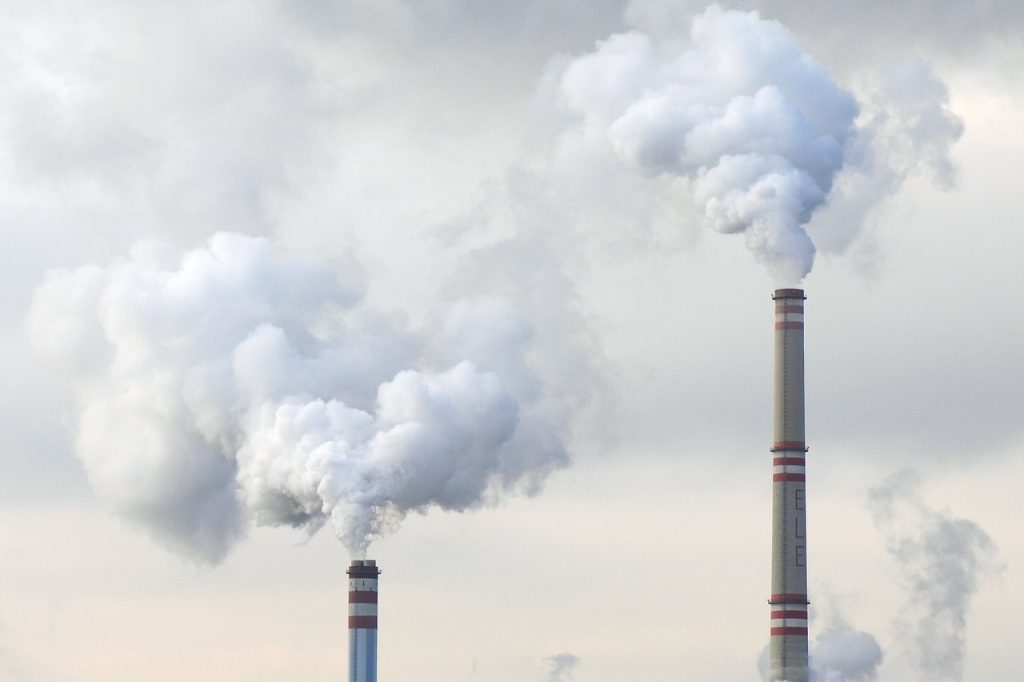
Dear Eartha, What is climate equity?
Take a few moments and imagine that you live somewhere else. Instead of mountains in your backyard, there’s block after block of buildings — row homes, high-rise buildings and skyscrapers in the distance. Concrete and asphalt replace local singletrack. A nearby highway is busy with traffic. A few miles away, a power plant generates electricity. Many children in your neighborhood suffer from asthma. You have high blood pressure. Some days, the air quality is so bad you stay inside. You know that you have a fundamental right to breathe cleaner air, but you can’t afford to move and you feel powerless to advocate for change.
This is a very real scenario unfolding across the country — and in Colorado. It’s also an example of environmental injustice. Environmental justice recognizes that marginalized groups of people suffer from environmental burdens more than the general population. For example, data from Mapping Environmental Justice shows that in Colorado, “communities of color breathe nearly twice as much diesel pollution and are 1.5 times more likely to live near a Superfund site than white communities.” Because when people with privilege say, “not in my backyard,” the historically disempowered end up with name-your-environmental-poison in their backyards.
The inequities of climate change
Climate (in)equity is a sub-category of environmental (in)justice. Certain groups of people are disproportionately burdened by the impacts of climate change, are left out of the decision-making process for developing solutions and often don’t have access to those solutions.
As climate change worsens, so does climate inequity. And it’s not strictly an urban problem. Opportunities to improve climate equity can be found across coastal communities and in places where wildfire risk has increased — during floods, extreme weather events and fires, who has the ability to evacuate to safety? Afterwards, who has access to the financial resources to repair and rebuild? Regions experiencing extreme heat face equity issues, too. Who are the laborers who must still work outside, and what protections do they have?

Yes, in our backyard
Although Summit County doesn’t have any fossil fuel-based power plants or oil and gas development, some neighborhoods within our borders experience higher than average exposure to environmental hazards (compared to the rest of Colorado). And we also face above average risk of climate change. So how do we increase climate equity — and environmental justice — in our community and beyond?
It starts with engaging all community members, and especially those most vulnerable, in honest conversations about their needs and concerns. It means empowering others to co-create policies and programs that are easy for everyone to access. It requires improving quality of life and well-being while also minimizing environmental impacts. Taking these principles to heart, in 2023, the High Country Conservation Center collaborated with partners from across Summit County to develop a Climate Equity Plan grounded in community feedback. This plan outlines priority strategies for ensuring all Summit County residents benefit from climate action programs — no matter their income, ethnicity, housing status or preferred language.
Environmental justice and climate equity for all
In 2021, the Colorado state legislature passed an environmental justice bill that declares, “All people have the right to breathe clean air, drink clean water, participate freely in decisions that affect their environments, live free of dangerous levels of toxic pollution, experience equal protection provided by environmental policies, and share the benefits of a prosperous and vibrant pollution-free economy.”
Everyone deserves environmental justice. Yet if we’re honest, most of us probably don’t spend time every day thinking about the connection between our electricity use and Front Range air pollution, or filling up our vehicle gas tanks and the health of folks living near oil refineries in Louisiana. In this season of gratitude and giving, perhaps it’s worth reflecting on what it means to live in a healthy environment, how easy it is to take for granted clean air and water, and how delayed climate action will continue to impact the least among us.
